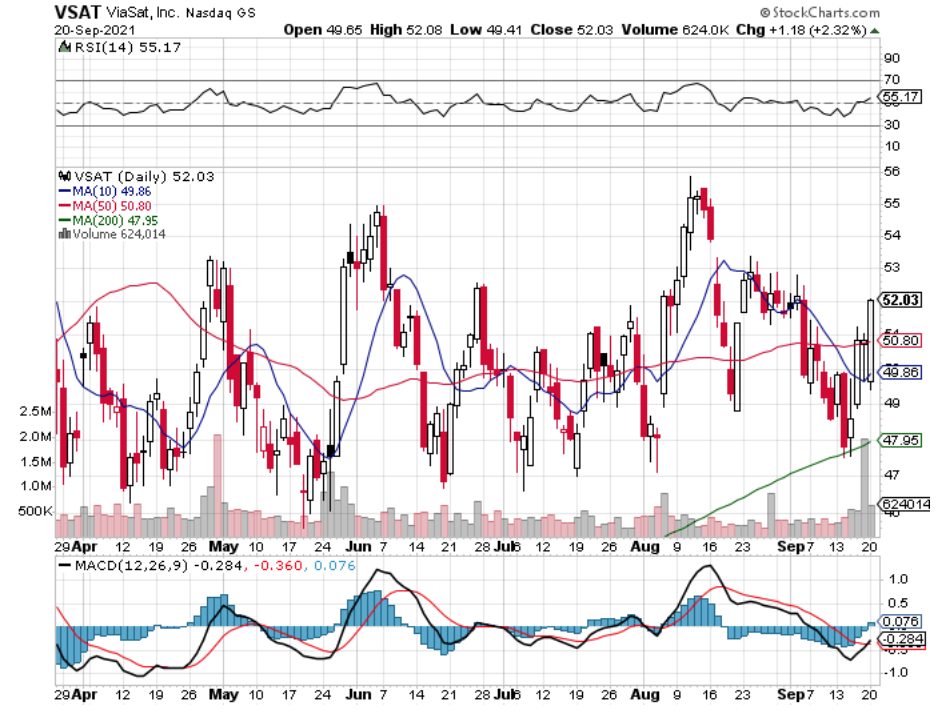Conn’s Inc. stock trades under the ticker CONN & is in the specialty retailers industry.
CONN stock closed at $24.09/share on 9/22/2021, after showing recent bullishness.
Breaking Down Conn’s Inc. CONN Stock’s Technical Performance

CONN Stock Price: $24.09
10 Day Moving-Average: $23.31
50 Day Moving-Average: $23.41
200 Day Moving-Average: $19.74
RSI: 53.6
MACD: -0.033
CONN stock completed both a bullish MACD crossover & a bullish 10 & 50 Day Moving Average crossover yesterday.
They look to have positive momentum to push them forward towards their next test at ~$24.50, then $24.85.
With a slightly overbought RSI, CONN may present some good entry points for both short & long-term traders in the coming days while it establishes a new range.
Conn’s Inc. CONN Stock As A Long-Term Investment
Investors will find CONN’s P/E(ttm) of 5.99 & their P/B of 1.06 to be appealing.
As a small cap stock with a ~$682M market cap, CONN has a lower than average amount of institutional investors (55%).
This also is likely due to their Beta of 2.5 & their lack of a dividend yield.
CONN’s has met (1) or beat (4) their past 5 earnings estimates, with a 13% growth in revenue Y-o-Y.
One area of concern is their Debt/Equity (mrq) at 129.6, which may be considered high for many investors’ taste.
Conn’s Inc. CONN Stock As A Short-Term Trade Using Options
Conn’s Inc. stock has options that traders can use to harness their recent momentum, while also providing hedges against broader market volatility.
I am looking at the $24 & $25 calls with the 10/15 expiration date.
There is less open interest on the puts for the same expiration date, showing that the market still expects bullish performance from CONN in the coming weeks.
However, I am also looking at the $26 & $25 puts as well as a hedge in this volatile environment.
Tying It All Together
Overall, CONN stock looks to have many attributes that traders of all time frames may find appealing.
Short-term oriented traders will like their current momentum, while longer term investors will like their low valuation compared to other peers.
Conn’s Inc. is worth taking a closer look at for a profit opportunity.
*** I DO NOT OWN SHARES OF CONN STOCK ***








